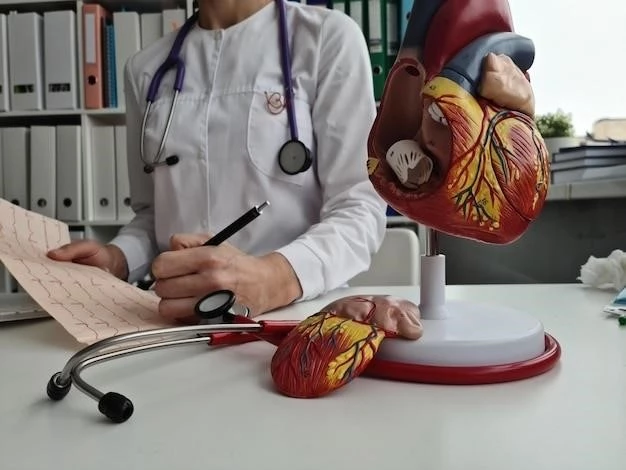Understanding Aortic Aneurysm
Understanding the Causes and Symptoms of Aortic Aneurysm is crucial to explore Treatment options, Risk factors, and Prevention strategies.
Causes of Aortic Aneurysm
The primary causes of Aortic Aneurysm include atherosclerosis, genetic factors, hypertension, and connective tissue disorders. Understanding these causes is crucial in the management of this condition.
Symptoms of Aortic Aneurysm
Recognizing the symptoms of Aortic Aneurysm is vital for timely intervention. Common symptoms may include chest or back pain, shortness of breath, hoarseness, difficulty swallowing, and pulsating abdominal mass. Early identification is key to effective management.
Managing Aortic Aneurysm
Effective management involves addressing treatment options while considering risk factors and implementing prevention strategies for optimal outcomes.
Treatment Options for Aortic Aneurysm
Several treatment options exist for Aortic Aneurysm, including medication management, endovascular repair, and open surgical procedures tailored to individual patient needs. Decisions regarding treatment should be made in consultation with healthcare professionals.
Risk Factors for Aortic Aneurysm
Understanding the risk factors associated with Aortic Aneurysm is critical. Factors such as smoking, age, family history, high blood pressure, and atherosclerosis increase the likelihood of developing an aortic aneurysm. Proper identification of these factors is essential for early intervention and management.
Prevention of Aortic Aneurysm
Preventing Aortic Aneurysm involves lifestyle modifications like quitting smoking, managing blood pressure and cholesterol levels, adopting a healthy diet, regular exercise, and controlling weight. Regular screening for risk factors and timely medical intervention are key components of prevention strategies.
Surgical Intervention and Complications
Explore surgeries for Aortic Aneurysm and potential complications to understand treatment risks and outcomes thoroughly.
Surgery for Aortic Aneurysm
When considering surgery for Aortic Aneurysm, options may include open repair or endovascular aneurysm repair (EVAR). Your healthcare team will determine the most suitable approach based on the aneurysm’s location, size, and your overall health.
Complications of Aortic Aneurysm
Complications from Aortic Aneurysm can include rupture, dissection, blood clots, and organ damage. Prompt recognition and management of these complications are crucial to prevent further harm and ensure optimal patient outcomes. Regular monitoring and adherence to treatment plans are essential.

Embracing Lifestyle Changes
Adopting healthy lifestyle changes is essential for managing Aortic Aneurysm effectively and improving overall health outcomes.
Lifestyle Changes for Aortic Aneurysm
Implementing lifestyle changes such as quitting smoking, adopting a heart-healthy diet low in sodium and saturated fats, engaging in regular physical activity, managing stress levels, and attending regular medical check-ups can significantly contribute to the management and prevention of Aortic Aneurysm.
